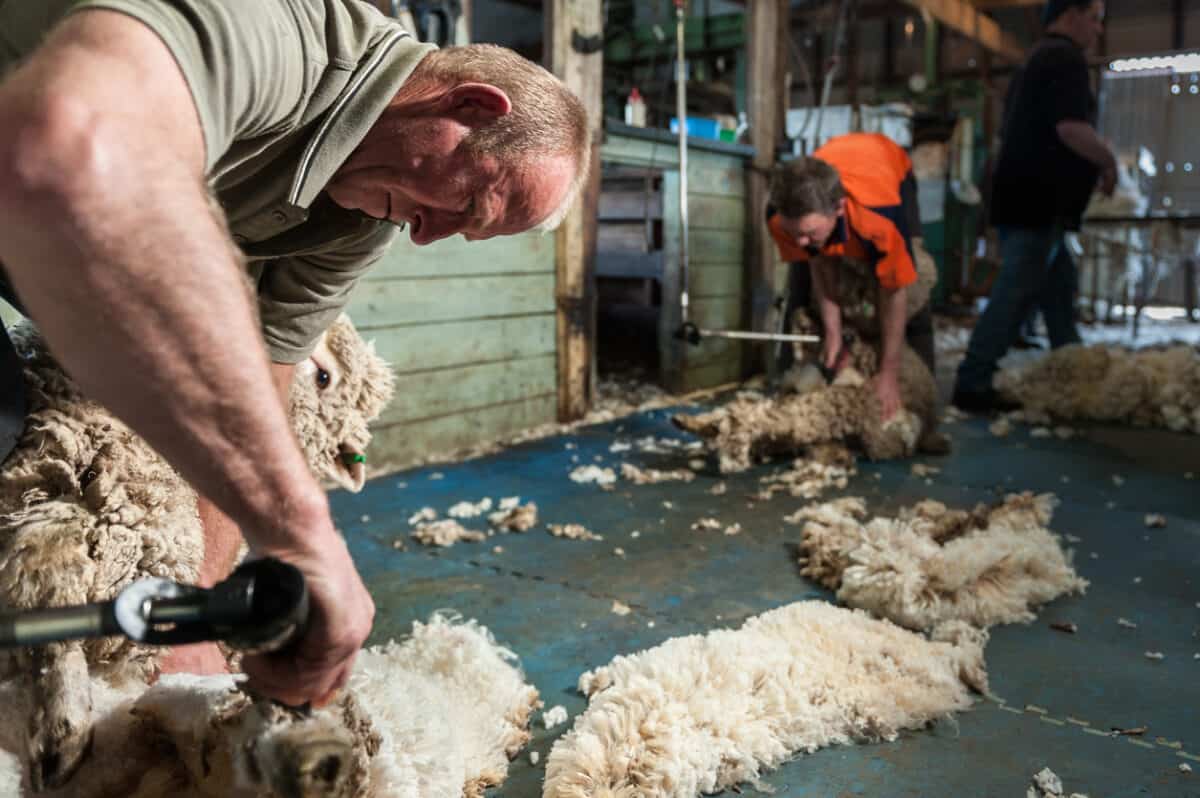There is an increasing trend to look deeper into the causal factors of workplace incidents and poor worker health in the physical and psychological contexts. This is partly due to “systems thinking” and partly dissatisfaction with failed regulatory and psychological strategies that promised so much but have failed to realise the promise. The trend needs some boosting by the occupational health and safety (OHS) community, which itself needs upskilling.
Category: change
Organisational and self-help advice on burnout
One of the best books about burnout is Jennifer Moss‘ “The Burnout Epidemic“, which this blog wrote about in April last year. A recent book on burnout and self-help caused me to revisit Moss’ book, and one of the chapters that I missed last year seems to explain the popularity of the self-help approach.
Moss writes about the organisational and structural workplace factors that create and perpetuate workplace stress and related poor mental health. However, one of the last chapters is titled “Take Care of Yourself, Too”. Moss writes:
“Self-care won’t fix broken organizational systems, but it’s the part we can control in a world full of the uncontrollable.”
page 213
The wicked problem of the safety of shearers and the viability of sheep farming
Shearing sheep is an exhausting laborious job and so can cause work-related injuries for which workers’ compensation can be sought. The Weekly Times on January 4 2023 (paywalled) devoted a whole page to the issue in an article headlined “The shear cost of it all”. (Only a companion piece is available online at the time of writing)
The aim of the article seems to be to illustrate the exorbitant and unfair workers’ compensation costs faced by the employers of shearers, but some relevant occupational health and safety (OHS) matters are overlooked.
A fair dinkum fair go?
A New Work Relations Architecture is a radical book for Australia. Radical because its authors are proposing industrial relations reform, and Australia has had very little of this since Prime Minister John Howard‘s attempt with Workchoices in 2005. Radical also because it has taken inspiration from the Robens approach to occupational health and safety (OHS) laws.
The new “architecture” (thankfully, the cliche of “ecosystem” was not used) is described as:
HR, welcome to the OHS world and start getting used to it
In an article on burnout in The Sydney Morning Herald and The Age on December 10 2022 (paywalled), there was a peculiar quote and some paraphrasing of Sarah McCann, chief executive of the Australian Human Resources Institute (AHRI), indicating the size of the challenges facing human resources professionals in preventing psychosocial harm in Australian workplaces.
The article is a peculiar one. It states that burnout has been categorised as an occupational risk by the World Health Organisation but then reports on psychological support organisations who are applying the concept outside of work activities. The justification for this is that the work undertaken at home or in caring for a family is unpaid work but still work, so the occupational definition applies. That’s a stretch, but it’s possible.
Old working hours concepts persist as subtext in new debates
One of the most contentious occupational health and safety (OHS) elements of industrial relations negotiations is the issue of working hours. And one of the most effective ways to prevent physical and psychological harm is by talking about working hours. The evidence for harm from excessive and often unpaid hours is clear, but some assumptions crop up in the debate every so often.
Two recent books, one by David Graeber & David Wengrow and another by Daniel Susskind, offer reminders of these issues and are useful adjuncts to the Australian research on precarious work by Michael Quinlan, Phillip Bohle and others. ( A Guardian review of Graeber & Wengrow is available here with one from The Atlantic here, Susskind here and here)
Who is responsible for Burnout? And for preventing it?
I apologise for often referring readers to paywalled content. This restriction can affect the impact and flow of a story, but I want readers to be able to verify the sources of my comments and my information. And I acknowledge that this blog, for many, is an example of the economic reality of paywalled content.
However, there was an article in The Guardian on October 11, 2022, about burnout that is well worth reading (You may be able to get short-term access). Below are some extracts from that article with my thoughts.
The Guardian article “‘I didn’t see how I could ever get back to a normal life’: how burnout broke Britain – and how it can recover” by Gaby Hinsliff,, recounts several cases of burnout and near-burnout that are typical of responses to work-related mental ill-health.







